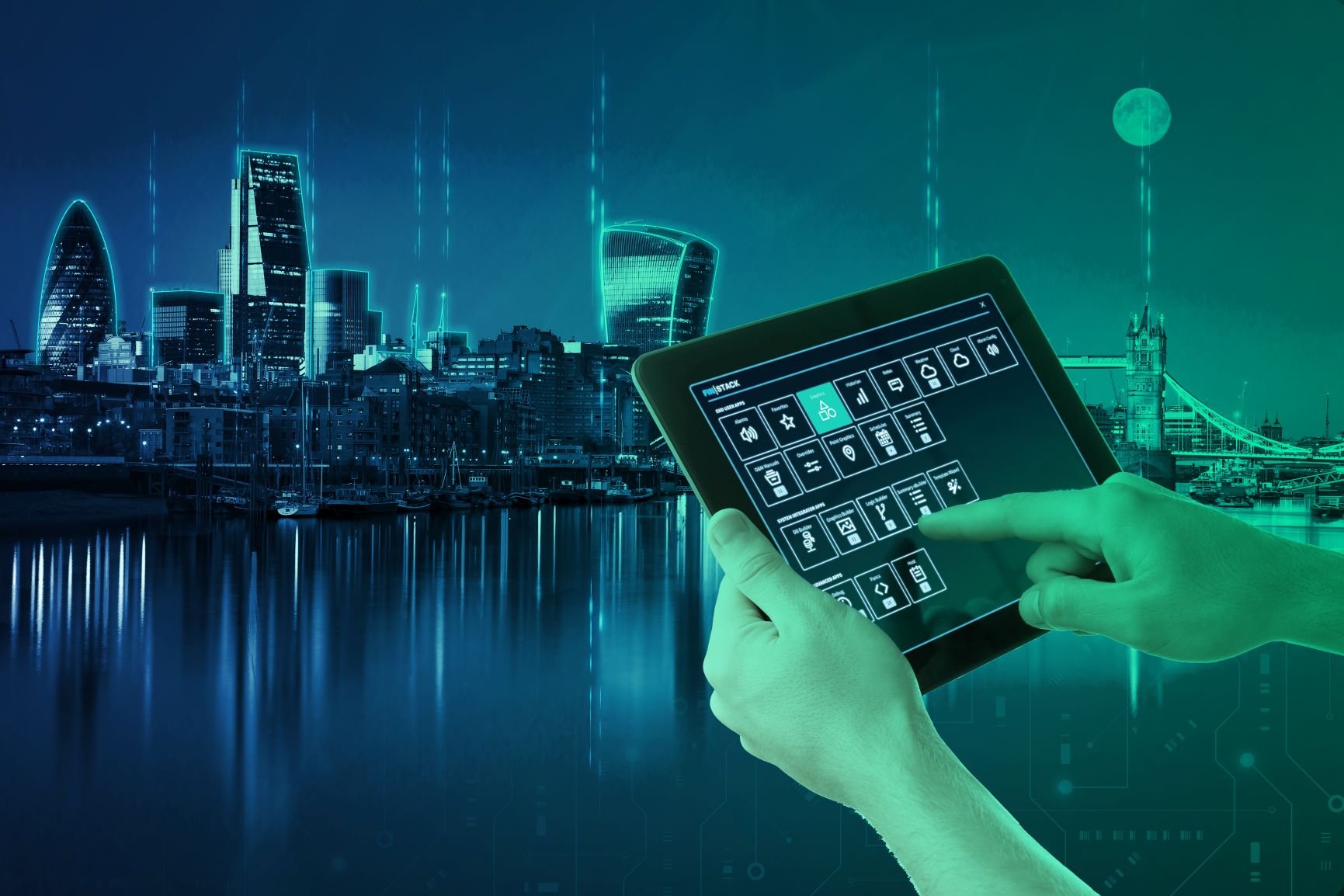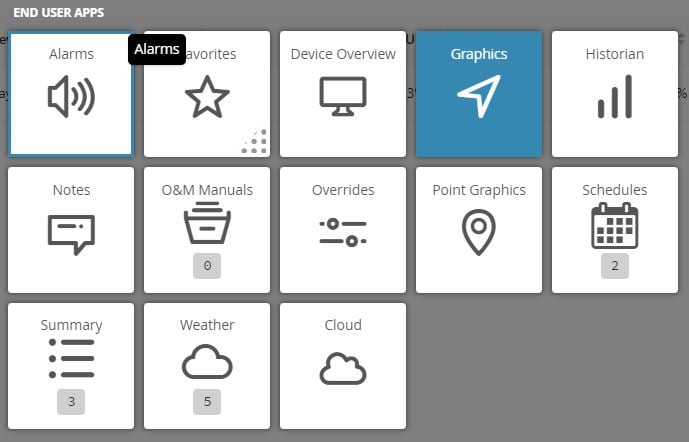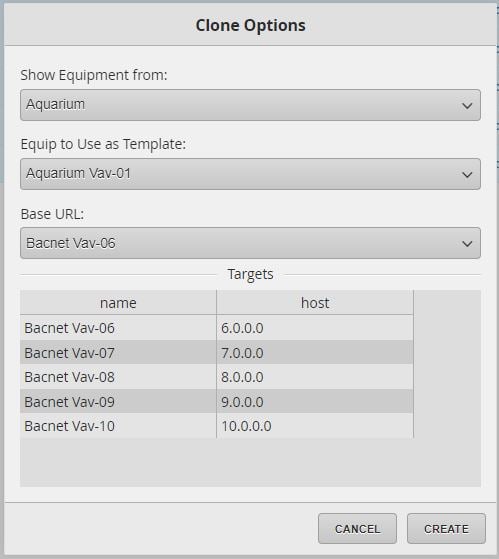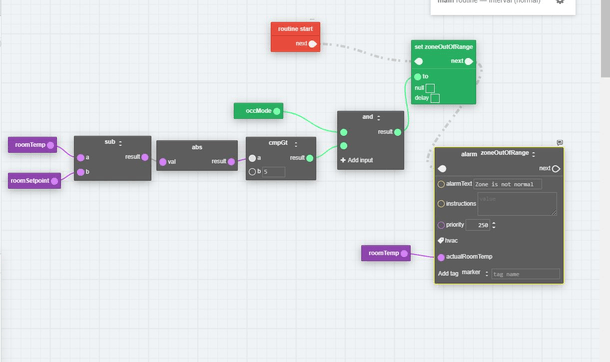The home of smart buildings, smart equipment and IoT

When creating a user experience for smart buildings, smart equipment and IoT, there are a number of personas or roles to consider. The types of roles range from End Users who consume the content to Application Engineers who configure the solution, to Developers who create the products. Each user has their own set of tools and applications that provide the user interface to the information and to the tasks they need to complete.
For the end user, FIN is a comprehensive set of apps that work closely together to create a flexible and intuitive user experience. They can navigate the system in multiple ways: drill down, menu, thumbnails, and badges. As End Users navigate FIN, the focus of their current view establishes the context of the user experience. This automatically generates magic bubbles - context-sensitive related applications that can be launched seamlessly.

These user experiences can be customized for particular project requirements and are configured by an application engineer working for a building automation company.
The role of the application engineer is to meet the specification requirements for configuring the building automation system so that the user interface provides all the functionality their customer needs. Engineering programming tools such as Database Builder, Logic Builder and Graphics Builder, are the foundation for configuring the digital model, user experience, and control strategies for a smart building.
For the system integrator’s application engineer, specialized tools are built into the DB Builder to help rapidly configure and duplicate equipment and their control points. With FIN, forms prompt engineers for context sensitive information and then automatically generate database content based on that information. For example, the clone equipment tool simply asks for a template and a target set of devices and then automatically generates the database for each of those pieces of equipment with a few mouse clicks.

Similarly, the application engineer uses Logic Builder to create control routines and smart alarms. When building a control sequence, the engineer has both a block and line programming visualizations available to them to create the control programming. They have the option of arranging blocks and linking them together or using line-by-line programming or a combination of both. An important power tool in FIN Logic Builder that helps dramatically reduce engineering and simplify the user experience is its ability to use one control strategy that automatically links to multiple pieces of equipment.

Finally, the most powerful tool for an application engineer to create a good user experience is the Graphics Builder. The application engineer has a wide range of graphic widgets and power tools to create user experiences with a minimum amount of configuration. For example, they can quickly create graphics for equipment, floor plans, and dashboards by utilizing FIN’s optimized workflows. The graphics builder also supports a more sophisticated user experience creation through the use of advanced programming languages such as Ractive.js and Javascript. For example, you can create a custom widget displaying performance data that would typically be created by a developer. Here’s a great example of how that would work using FIN.
In addition to being an application suite and a collection of engineering tools, the FIN Framework is also a development platform. Developers can leverage our APIs and industry standard programming languages on top of FIN to create unique products and user experiences. For example, a simple wizard could be created by a front-end developer to help facilitate the installation of small to mid-sized buildings. This user experience would replace the traditional tools for engineering a project with a simple step-by-step process.
When it comes to smart buildings, smart equipment, and IoT, the FIN Framework has the technology and the tools to empower the wide range of stakeholders. For OEM partners and their developers, FIN provides APIs and industry programming language support to create customizations and new product offerings. These products then enable Application Engineers and technicians to quickly configure both complex and simple project solutions that in turn create great user experiences for End Users to control and manage their buildings with ease.
Scott joined J2 Innovations as a partner in 2011 and is now Vice President of Knowledge Excellence. He has a wide range of responsibilities, including evangelism, business development and training. Scott is well known as an industry expert in smart homes and smart buildings. He is a past president of ASHRAE, and is currently a board member for Project Haystack. Scott attended Clarkson University for Mechanical Engineering and graduated with a BS/Business in Organizational Innovation.
Topics from this blog: End User OEM Systems Integrator Smart Buildings
Back to all posts
J2 Innovations Headquarters, 535 Anton Blvd, Suite 1200, Costa Mesa, CA 92626, USA. Tel: 909-217-7040